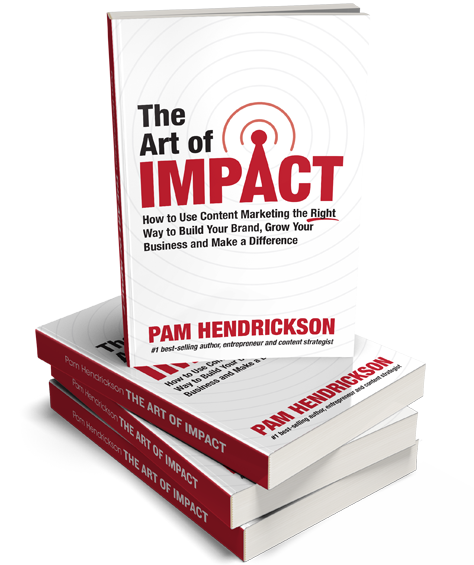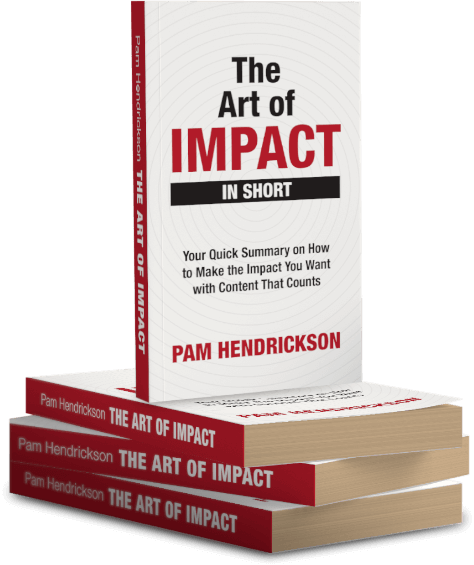When it comes to taking care of your customers, it all starts with expectations: What level of service do they anticipate?
Because as we all know, customer service can make your business:
—Customers who encounter positive social customer care experiences are nearly 3 times more likely to recommend a brand, according to the joint Nielsen-McKinsey venture NM Incite.
—Three out of four consumers have spent more with a business due to a history of good customer service, according to Ebiquity research.
Or break your business:
—95% of dissatisfied customers tell others about their bad experience, says Dimensional Research.
—It takes 12 positive customer experiences to make up for one negative experience, according to Parature.
So how will you under-promise, and over-deliver? By setting outstanding expectations from the get-go. In my newest lesson, I’ll share three examples that get to the crux of how setting the wrong expectations can be bad for business, and how to solve for them.
I want to hear your comments! How will these 3 Cs change how you interact with customers? How do you set the bar for outstanding expectations with your customers?




Pam you are aowsome, I love your work, I would love to interview you,
Pam,
Contextually speaking, expectations are derived from clearly explaining what the call to action is. We do this using different methods of communication. In the case of the water delivery, could it be that the contract the woman had was limited? Therefore the company did ask the right question “do you still want water delivered this summer?” The woman who did not fully understand the contract would then be at fault for assuming that it would be.
3 C’s
Context: noun
Communicate: verb,
Call to action: verb phrase
For customers: We need to clearly communicate what we will do for them in detail to meet their expectations. In context, using a contract or other form to solidify an agreement. The receivership of acknowledgement of monies or signature binds the original understanding.
Unfortunately, many internet marketers and coaches do not follow is this way of thinking. What they do deliver is what I call “micro-babble” that proposes a call to action whereby expectations are never met, due to the over delivery of content that causes information overload.
The 3 C’s for building better customer relations:
“Content” develop content that builds off customer expectations and defines what the customer will get, not what it will do or could potentially do.
“Communicate” the offer and bind it in contextually so there is no mis-understanding of what the offer is about.
“Call to Action” Execute the offer, click here buy now, signature or other means.
And my 4th C….. Be Consistent. Using this strategy will build trust and alleviate any misunderstandings.
The thee P’s: People ~ Product ~ Process, of the 3 people are most important!
Thanks so much for your post, Charles. That’s a great simple progression with the C’s – I like it a lot. I also relate to hearing a fair amount of “micro-babble” – even though I know it’s not anyone’s intent to do that. I think as marketers we’re taught so much about the tactics, but not enough about the communication process. Great thought provoking share. Thanks again!
This is wonderful advice for life, not just for business. Thanks for putting it out there and keep reminding us! 🙂
Thanks Geoff!